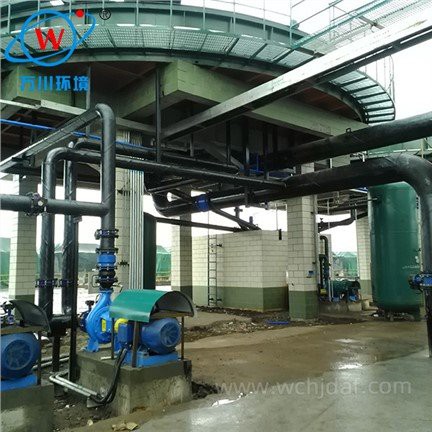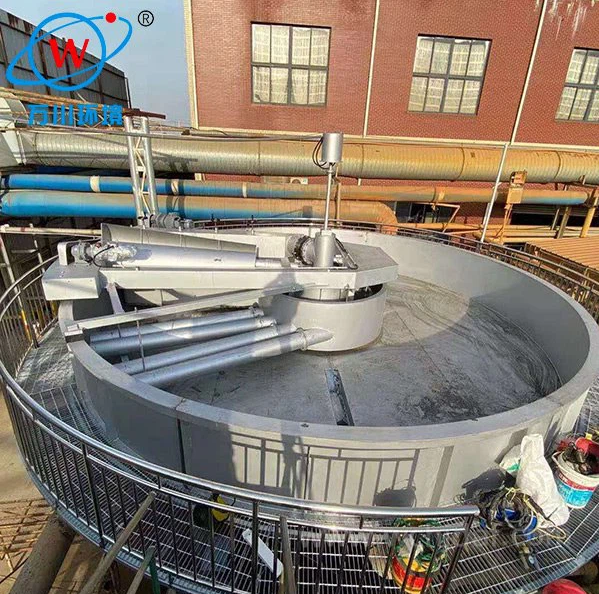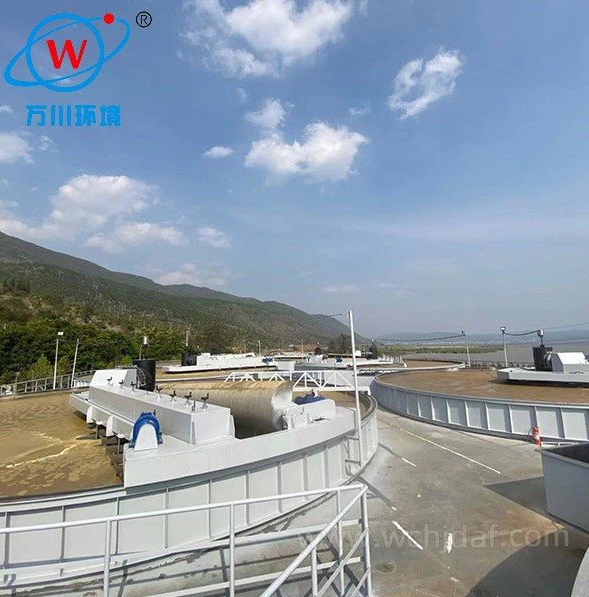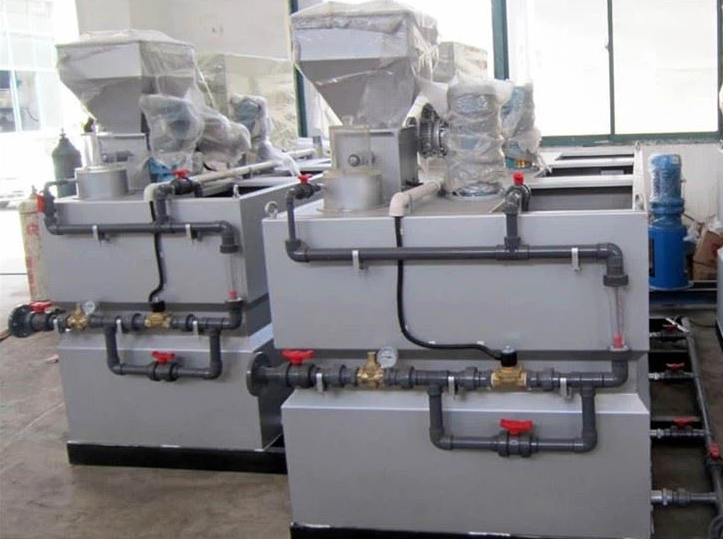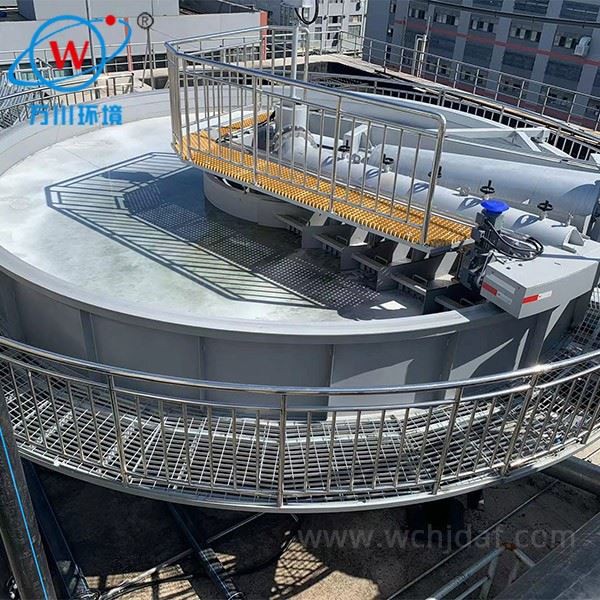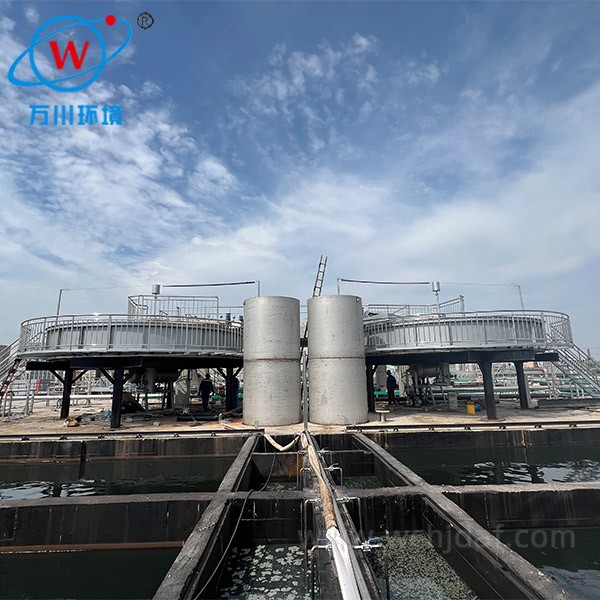Air Flotation System Characteristics
1. Applicable Pollutant Types
- Air Flotation has a good purification effect on wastewater containing large amounts of suspended particles, grease, or colloidal substances.
- Shows significant separation effect for light pollutants difficult to remove by sedimentation.
- Particularly effective for grease in food processing wastewater and dye particles in printing/dyeing wastewater.
2. Core Working Principle
- Introduces tiny bubbles into the water to adsorb with pollutant particles.
- Forms aggregates with density less than water that float to the surface.
- Scum is removed by scraping equipment, separating pollutants from water.
- Bubble-particle interaction is fundamental to the separation process.
3. Factors Affecting Performance
- Water quality parameters: pH value and temperature.
- Pollutant characteristics: concentration and nature.
- Bubble size and distribution are critical factors.
- Bubbles that are too small or uneven may not capture pollutants effectively.
4. Practical Application Performance
- Often used in combination with other processes in treatment systems.
- Effective in pretreatment stage to reduce burden on subsequent processes.
- Improves overall wastewater treatment system efficiency.
- Limited effectiveness for highly soluble pollutants alone.
- Requires integration with other technologies for comprehensive treatment.

